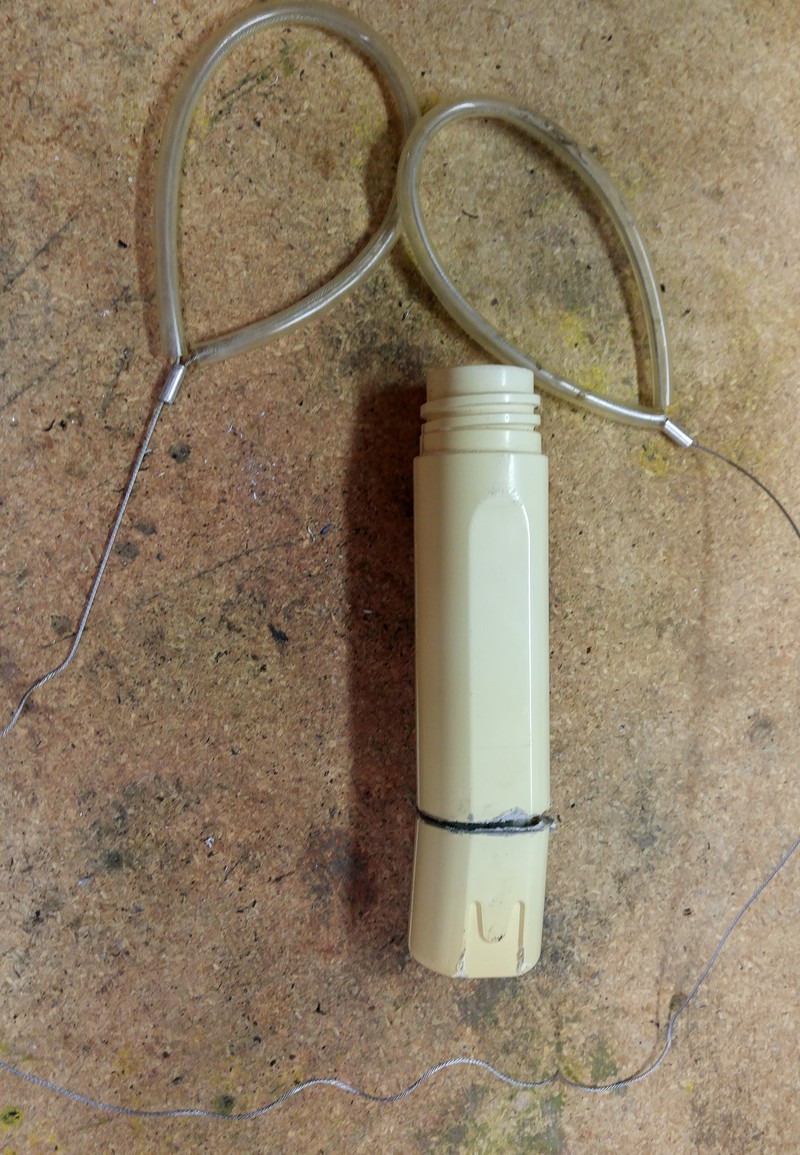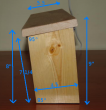Lawmowers, snowblowers, chainsaws, generators, trimmers (even motorcycles) ... I have all of these, but, obviously, they are used seasonally. That means that they spend a fair amount of time sitting around. While most preventative maintenance advice tends to focus on the maintenance of frequently used engines, I find that it is the stored machines that get overlooked. Therefore:
Preventing In-Storage Problems in just 2 steps
-
Stabilize Your Fuel
While people will tell you that gasoline doesn't usually break down, that's not true in my experience. After sitting around in your carburetor for a few months, the fuel does and will separate. The issue here is that one part of it will literally varnish the surfaces, either sticking moving parts together, or restricting flow. The result? Popping, backfiring, or an engine that will only run with the choke on (if it runs at all). The only solution is to take the carb apart and clean everything - perhaps even changing the seals and needle seat. In the ideal world you'd have no fuel in the carburetor at all during storage, but since you're unlikely to get it all out, this is the next best thing.
In other words:
-
Simply add fuel stabilizer of your choice (eg Stabil) to gasoline the day you buy gasoline, and use only treated gas in seasonally used engines.
- When you shut off the engine before storage (or any time), let it run out of fuel - either shut off the valve, or use up what's in the tank if you have no valve.
-
End-of-season Oil Change
Oil absorbs byproducts of combustion, which are acidic. The more the engine runs, the more acidic the oil becomes. This acidic medium, coupled with 6 months in storage means corrosion risk to all the lubricated engine surfaces.
In other words:
- Simply change the oil when the season is over - spring for snowblowers, fall for lawnmowers, etc.
Warm up the engine, let it run out of fuel (see above), then change the oil. Don't start it again before storage.
That's it - you'll have years of reliable service from your engines. It's amazing how many people overlook these two steps that can and do prevent so many issues. I used a trashed lawnmower for 8 more seasons after I found it by following these steps. I've had my snowblower 12 years and it always starts on the first pull. Speaking of snowblowers, see also how to change oil without making a mess.
But wait, what about spark plugs? Air filters?
In my experience, on occasionally used engines, spark plugs never actually wear out. They can get fouled from improper carburetor adjustment or over-priming, but when the system is functioning properly - a good quality plug might outlast the engine. Go ahead and change it if it makes you feel better, but I've run my lawnmower weekly on the same plug for 8 seasons and it still looks and works just fine. As for air filters - that's another story, but their maintenance has nothing to do with seasonal use. Every once in a while it's good to check that the filter is clean enough to let some air through and that it's not torn so it's not letting dirt into the carb. Otherwise, I tend to leave them alone.
 Replacing Dishwasher Circulation Pump Bearings without buying a whole new unit
Replacing Dishwasher Circulation Pump Bearings without buying a whole new unit


